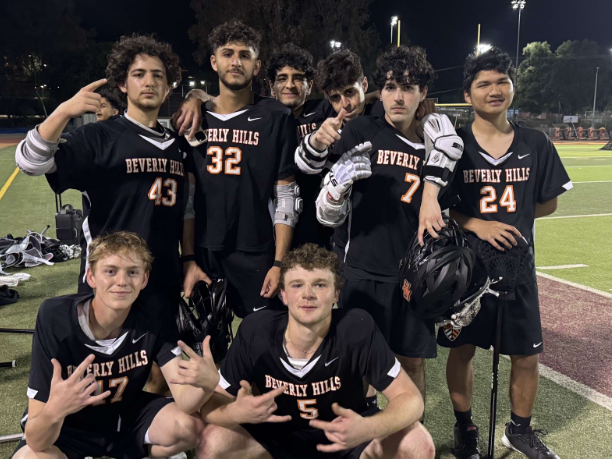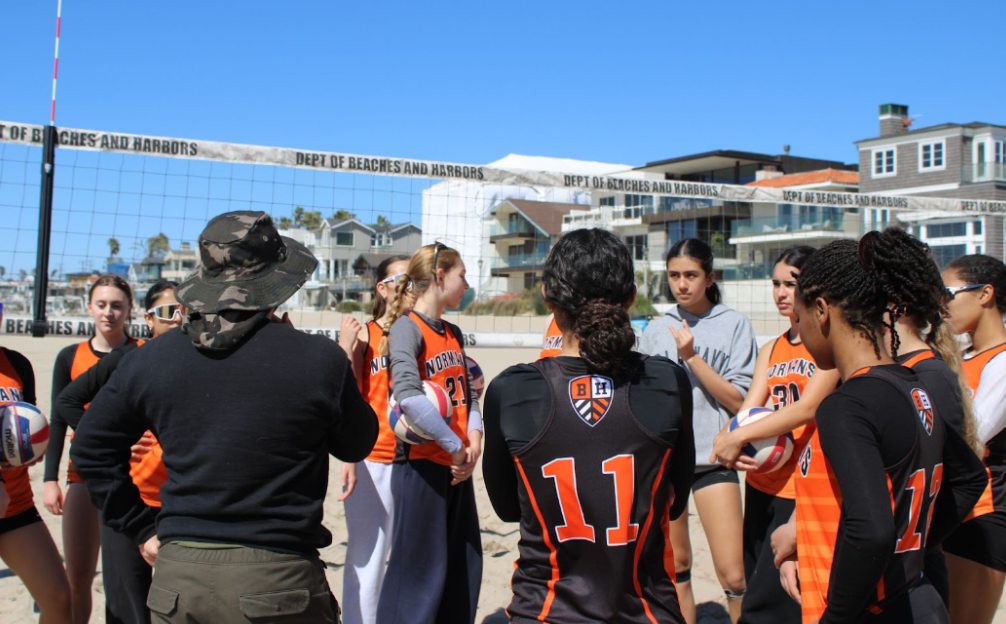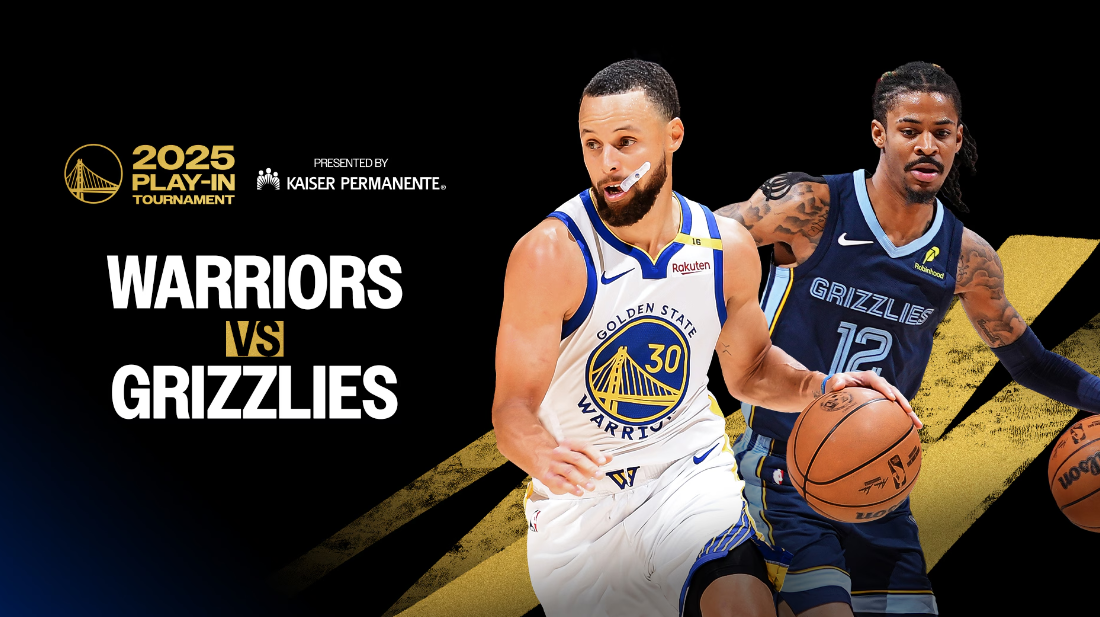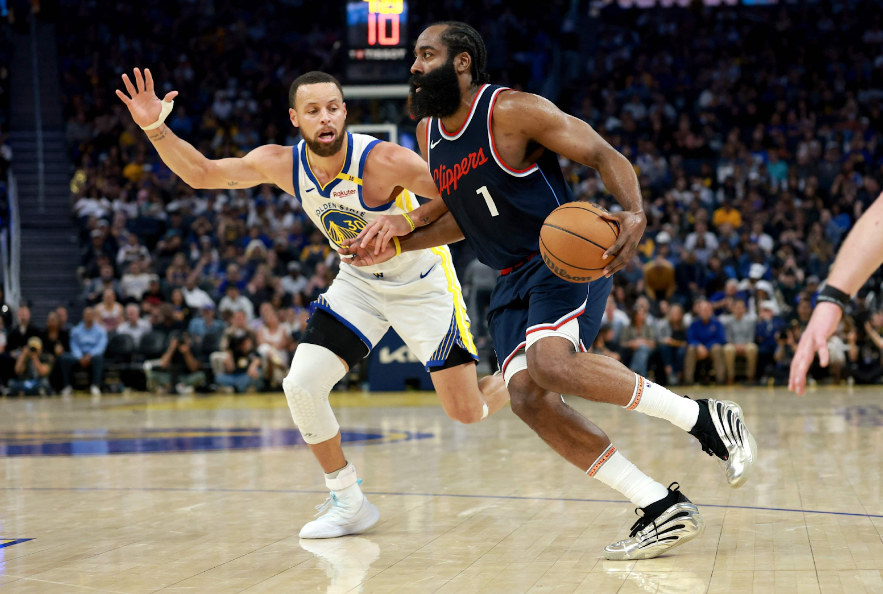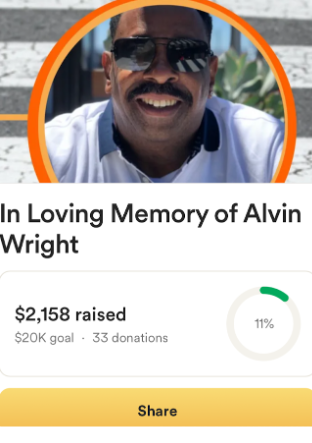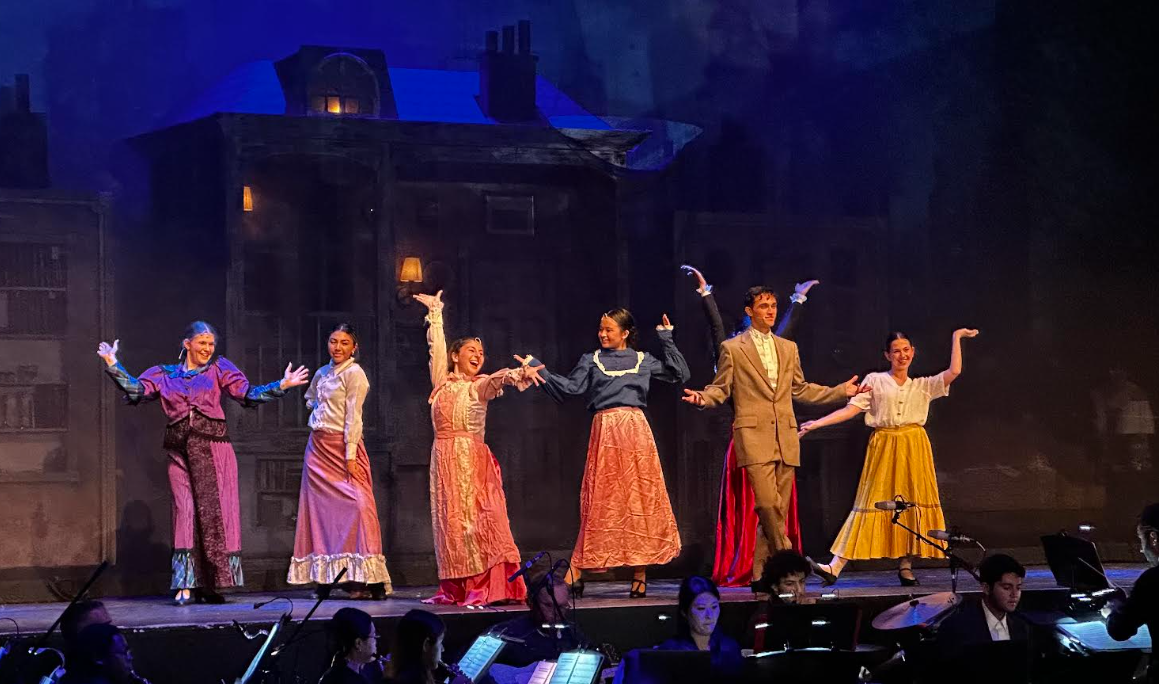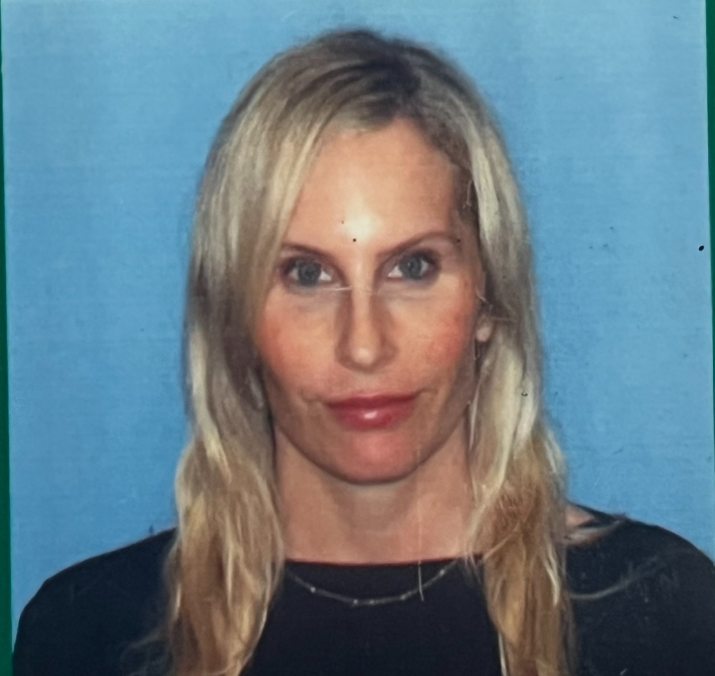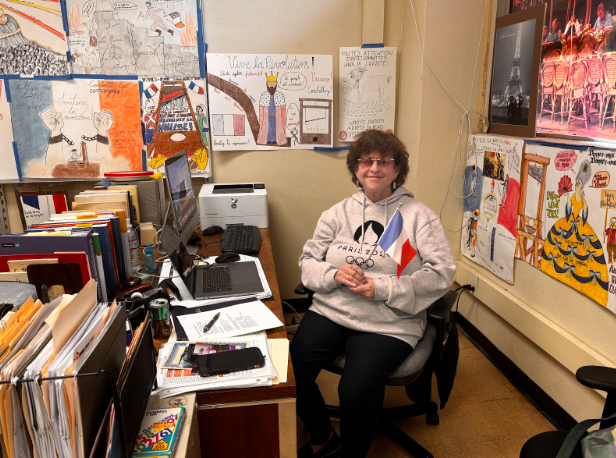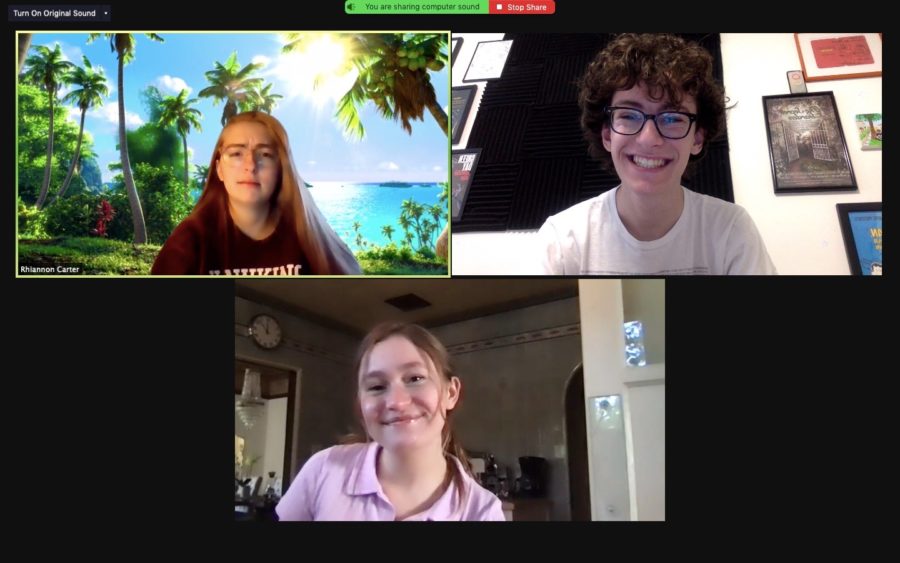Kate Kotlyar staff writer
Karely Molina Martinez staff writer
Relying solely on distance learning as a result of the COVID-19 pandemic changed not only the way students are participating in academic classes, but also how they are participating in extracurricular clubs as well.
With a schedule that relies heavily on the use of technology, students and their participation levels have been affected. Some club presidents have noticed the lack of motivation from their members. Co-president of the Uno Club, junior Yasmin Parnia, feels that some students, “would rather eat lunch than play a new game.” With the lack of participation, reaching the club’s initial goal has been difficult.
“Just connecting with people, I feel like that’s very hard right now and our whole goal in the beginning of starting Uno Club was to just make contact with people and make friends. I feel like, especially now, it’s very hard for especially new kids [to make friends],” Parnia said. “Our goal for this is just to bring people together and remind people that school is an environment where you can be friendly and have fun and enjoy a game of Uno.”
Fellow Uno Club co-president junior Lorenzo Halsey Solomon understands that some students don’t have the time to meet with clubs and understands time management plays a factor in the decrease of participation levels.
“When it was at school, we would have maybe 30 kids actually in Mr. Kobe’s room. But during quarantine, over the Zoom calls, the first couple of calls I think there were 10 people total. And then the last couple of meetings have not been very full at all,” Solomon said. “But I think it’s also because people just want their lunch break now, because it’s just exhausting. So I understand why there wouldn’t be as many people trying to play Uno.”
Time management may be a factor playing into the lack of participation, but another reason noticed by junior Miles Platt, president of the Music Club, is that remote learning makes the club environment different. He noticed that students are less likely to volunteer and participate in discussions.
“Obviously, in the sense where people aren’t scared to talk over each other [in] conversation would definitely [affect participation] because we’re a conversation based club. I feel like conversation would flow naturally. I mean, not to say that it doesn’t flow naturally on Zoom, it still flows naturally. But with the little tiny breaks in between, it’s very much just like turn based a lot of the time. Like, ‘What did you think? Oh, what did you think?’ I feel like it would get a little bit better if we were in person, so that way we could read body language,” Platt said.
However, while some clubs may have been more affected than others, ASB advisor Nick Henggeler realized some clubs have been working on being “really creative and trying to find ways to reach their peers.” While it has been difficult to maintain motivation, Henggeler noticed the changes club presidents underwent in order to adjust to remote learning and still maintain high levels of club participation.
“It’s got to be hard. I understand, of course, as an adult, in this pandemic that it’s hard to maintain motivation. I can’t even imagine if I was in your guys’s shoes. I’ve definitely seen clubs struggle to keep members. Some of what I’ve heard from club presidents is [that in] some meetings, they have a ton of people, and in others they have very few people and that it’s been a challenge,” Henggeler said. “The clubs I sponsor, I’ve seen large numbers come, I’ve seen small numbers come. I’ve seen some club presidents lose motivation. But I’ve also seen a lot of club leadership get really creative and really not take ‘no’ for an answer and still push forward with their club. It’s been great to see that as well.”







